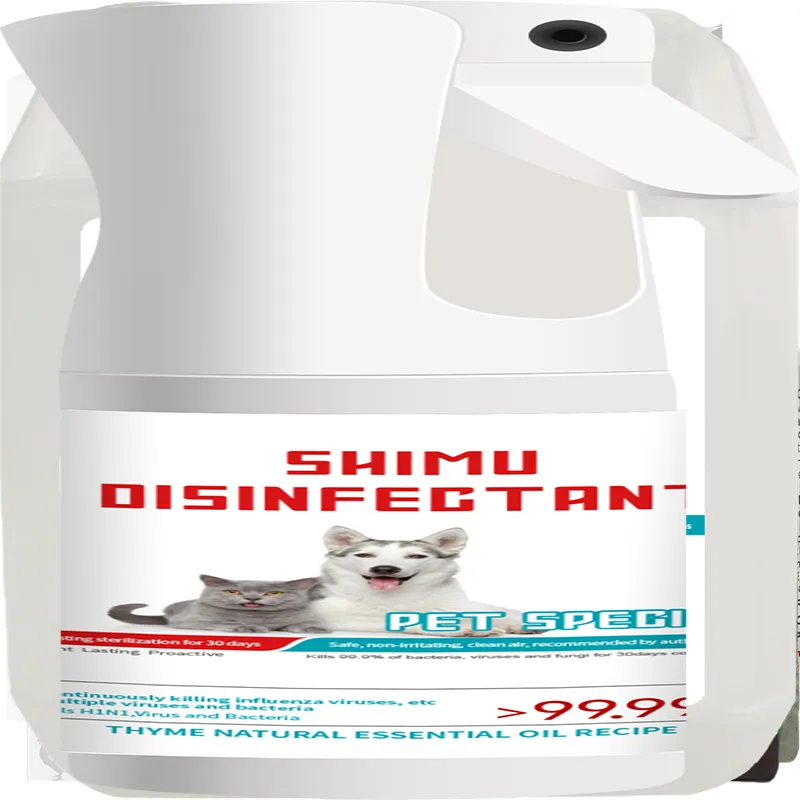Shimu Group was founded in 2001, located in Shijiazhuang high-tech industrial zone. Shimu Group is a comprehensive high-tech enterprise specialized in R8D, production, marketing and technical service for veterinary drug and feed additive. The company covers an area of over 15,000 square meters, with a construction area of over 10,000 square meters and a total asset of 100 million yuan. The first GMP certification successfully got in 2005, and the latest GMP was updated in 2022. So far we have 14 production line, including powder, premix, feed additive, oral solution, disinfectant, insecticide, tablets, granules, injection, intramammary infusion and intrauterine infusion. The company now manufactures products of poultry (chicken, duck, goose) series, livestock (pig, cattle, sheep, rabbit) series, fur animal series, aquatic product series and feed additive series, with more than 100 varieties.



